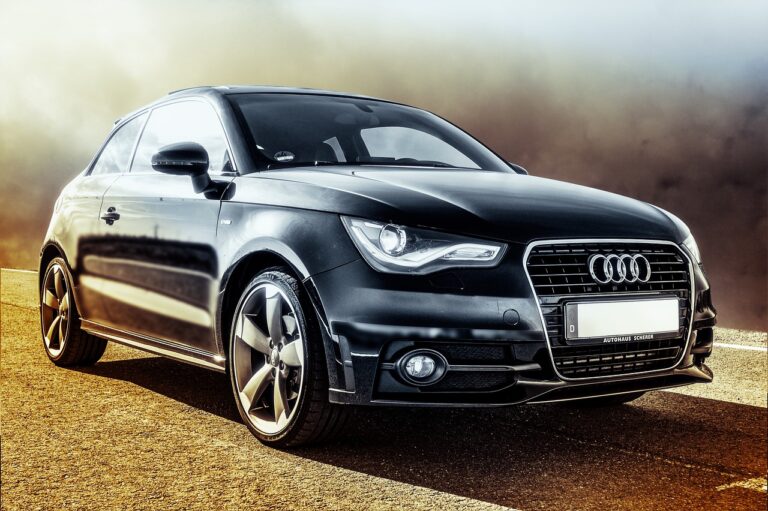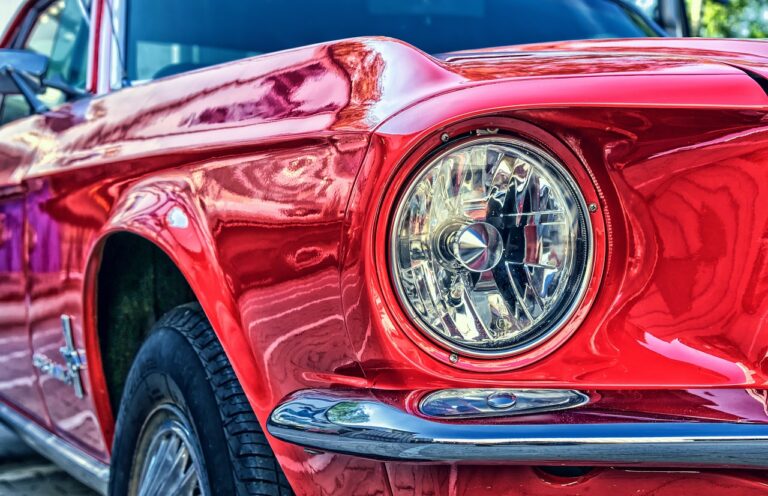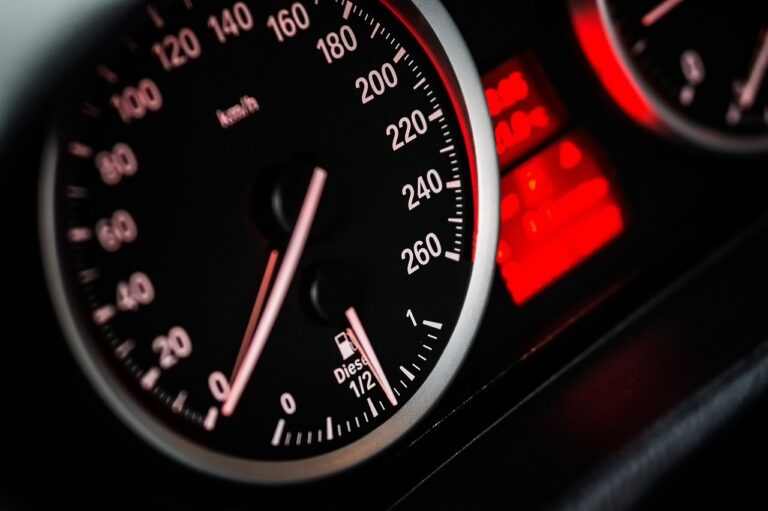Analyzing the Role of Automotive Seat Materials in UV Resistance
all pannel.com, laser247.com, betbook247:Automotive seats are an essential component of any vehicle, providing comfort and support to passengers during their journey. However, one important aspect that is often overlooked when it comes to automotive seat materials is their resistance to UV rays. Sunlight contains harmful ultraviolet (UV) rays that can cause damage to various materials, including those used in automotive seats. Therefore, it is crucial to analyze the role of automotive seat materials in UV resistance to ensure the longevity and performance of the seats.
UV Resistance in Automotive Seat Materials
UV resistance is the ability of a material to withstand the damaging effects of UV radiation. When exposed to sunlight, UV rays can cause materials to fade, deteriorate, and weaken over time. This is especially true for automotive seat materials, which are constantly exposed to sunlight through the vehicle’s windows.
The role of automotive seat materials in UV resistance is crucial for maintaining the appearance and functionality of the seats. Materials that are not UV resistant can fade, crack, and develop a worn-out appearance, reducing the overall aesthetic appeal of the vehicle’s interior. Additionally, UV-damaged materials can become brittle and prone to tearing, compromising the safety and durability of the seats.
Materials used in automotive seats vary in their UV resistance properties. Common automotive seat materials include leather, fabric, vinyl, and synthetic materials. Each of these materials has different levels of UV resistance, with some being more resistant to UV rays than others.
Leather is a popular choice for automotive seats due to its luxurious appearance and durability. However, leather is not inherently UV resistant and can fade and crack when exposed to sunlight for prolonged periods. To improve the UV resistance of leather seats, manufacturers often treat the leather with UV protectants or coatings. These treatments help to block UV rays and prevent damage to the leather material.
Fabric is another commonly used material in automotive seats, particularly in budget-friendly and economy vehicles. While fabric is comfortable and affordable, it is not as UV resistant as leather. Fabrics can fade and deteriorate when exposed to UV rays, leading to a worn-out and unsightly appearance. To enhance the UV resistance of fabric seats, manufacturers may use UV-protective coatings or treatments during the manufacturing process.
Vinyl is a synthetic material that is often used in automotive seats due to its affordability and ease of maintenance. Vinyl is inherently more UV resistant than leather and fabric, making it a popular choice for vehicles that are frequently exposed to sunlight. Additionally, vinyl is waterproof and easy to clean, making it a practical option for automotive seats.
Synthetic materials, such as polyester and polyurethane, are also commonly used in automotive seats for their durability and resistance to UV rays. These materials are engineered to withstand the damaging effects of UV radiation, making them an ideal choice for outdoor vehicles or convertible cars that are constantly exposed to sunlight.
Overall, the role of automotive seat materials in UV resistance is essential for maintaining the appearance, durability, and safety of the seats. By choosing materials that are UV resistant or treating them with UV protectants, vehicle manufacturers can ensure that automotive seats remain in optimal condition for years to come.
FAQs
1. How can I protect my automotive seats from UV damage?
To protect your automotive seats from UV damage, consider using seat covers or parking in shaded areas to reduce exposure to sunlight. Additionally, regularly clean and condition leather seats to maintain their UV resistance properties.
2. Are all automotive seat materials UV resistant?
No, not all automotive seat materials are UV resistant. Leather, fabric, vinyl, and synthetic materials vary in their UV resistance properties, with some being more resistant to UV rays than others. It is important to choose materials that are UV resistant or treat them with UV protectants to minimize damage.
3. How can I tell if my automotive seats are UV damaged?
UV-damaged automotive seats may show signs of fading, cracking, or deterioration. The material may appear discolored, brittle, or worn out. If you notice any of these signs, it is essential to address the damage promptly to prevent further deterioration.
4. Can I restore UV-damaged automotive seats?
In some cases, UV-damaged automotive seats can be restored with the help of professional cleaning and conditioning services. However, severe UV damage may require the replacement of the affected seats to ensure the safety and integrity of the vehicle’s interior.






